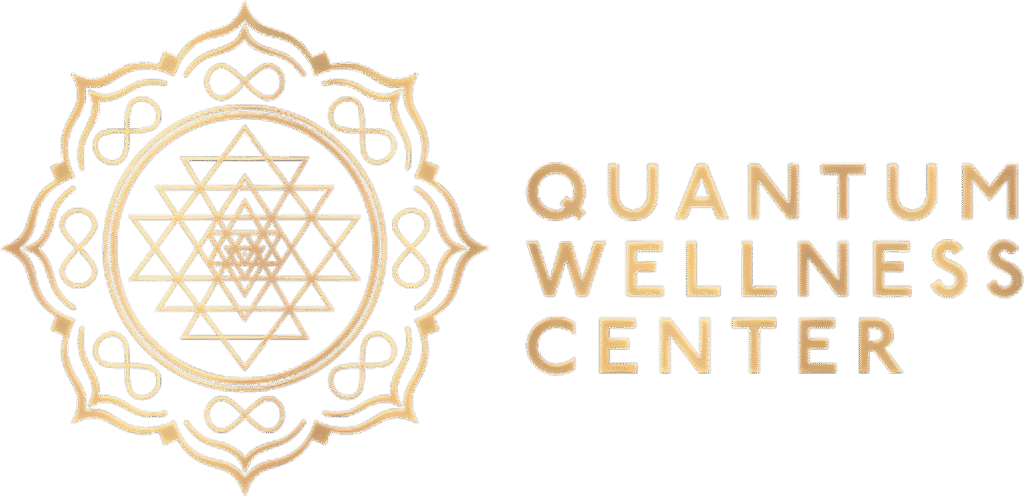Brain stimulation techniques have become vital tools in neuroscience and mental health care, offering new ways to modulate cerebral activity and treat conditions like depression and anxiety. Transcranial Magnetic Stimulation (TMS) is among the most researched and widely used noninvasive therapies.
In this article, we compare TMS with other methods, exploring their differences, similarities, and practical uses to help understand which therapy might be most effective for various neurological and mental health conditions.

What is TMS?
Transcranial magnetic stimulation uses rapidly changing magnetic fields to stimulate nerve cells in specific regions of the organ. A magnetic coil placed near the scalp generates magnetic pulses that penetrate the skull and induce electric currents in targeted areas, such as the dorsolateral prefrontal cortex, which is involved in mood regulation.
Repetitive transcranial magnetic stimulation (rTMS), the most common form, delivers repeated pulses over sessions to produce lasting changes in brain connectivity and function. Deep TMS (dTMS) uses specialized coils to reach deeper and broader regions. This therapy is FDA-approved for treating major depression, obsessive-compulsive disorder, and migraines and is increasingly explored for the different anxiety disorders, OCD, bipolar depression, and PTSD. The process does not require anesthesia, is noninvasive, and generally has mild side effects, making it a safe, targeted brain stimulation technique.
Comparison with Transcranial Electrical Stimulation (tES)
Transcranial electrical stimulation (tES) includes techniques like transcranial direct current stimulation (tDCS) and transcranial alternating current stimulation (tACS), which apply low-level electrical currents directly to the scalp. Unlike the use of magnetic fields in transcranial magnetic stimulation, tDCS modulates neuronal activity by shifting the resting membrane potential of nerve cells, often affecting broader regions rather than specific sites.
tDCS is portable, less expensive, and often used at home, but it lacks the targeting precision and depth of TMS. While TMS can cause neurons to fire directly, tDCS influences neuronal excitability more subtly and gradually.
The clinical evidence for transcranial magnetic stimulation’s efficacy in treating depression and other mental health conditions is robust and FDA-approved, whereas tDCS remains largely experimental but shows promise in cognitive enhancement and some psychiatric disorders. Side effects differ as well, with TMS potentially causing mild headaches and scalp discomfort, and tDCS generally causing mild tingling sensations.
Comparison with Deep Brain Stimulation (DBS)
DBS is an invasive technique involving the surgical implantation of electrodes directly into specific regions of the organ. Unlike noninvasive TMS, DBS delivers continuous electrical pulses to deeper brain circuits and is primarily used for severe movement disorders such as Parkinson’s disease and treatment-resistant psychiatric conditions.
DBS offers precise targeting and intense modulation of cerebral activity but comes with surgical risks, including infection and hardware complications. TMS, being noninvasive and done in outpatient settings, is safer but generally less intense. DBS is reserved for patients who do not respond to less invasive treatments, while TMS provides a middle ground between medication and surgery for various conditions such as depression.

Other Techniques
Other modalities include vagus nerve stimulation (VNS), cranial electrotherapy stimulation (CES), and invasive cortical stimulation. VNS involves electrical pulses to stimulate the vagus nerve via implanted devices to regulate circuits associated with mood and seizure control. CES delivers mild electrical currents through the head to promote relaxation, mainly used for anxiety or insomnia.
These techniques vary in invasiveness and mechanism but generally complement or serve as alternatives to TMS and DBS. Compared to the two, these therapies tend to be either more invasive or less targeted, with differing levels of clinical evidence depending on the condition treated.
Practical Considerations and Patient Experience
Treatments typically last 20 to 40 minutes per session, are administered daily over several weeks, and patients remain awake without anesthesia. The majority tolerate the protocols well, with side effects like scalp discomfort being mild and transient.
In contrast, tDCS sessions are shorter and can often be administered at home due to portability, but require discipline for consistent use. DBS involves surgical recovery and monitoring but provides continuous therapy once implanted. Costs and insurance coverage vary significantly, with transcranial magnetic stimulation often covered for treatment-resistant depression, while tDCS and other methods may not be widely insured.
Current Research and Future Directions
Technological advances continue to refine TMS with improved coil designs, personalized brain mapping, and optimized protocols like intermittent theta burst procedures. Researchers are exploring combined approaches to enhance effectiveness and investigating the procedure’s applications beyond depression, such as cognitive function improvement post-stroke or in traumatic brain injury.
The integration of neuroimaging and brain connectivity data allows for precise targeting of dysfunctional circuits, potentially increasing response rates and reducing side effects. As these kinds of therapies evolve, personalized, multi-modal approaches combining the therapy with other treatment modalities may shape the future of neurological and psychiatric care.
Final Thoughts from Quantum Wellness Center
TMS offers stronger and more targeted neuronal activation with well-documented efficacy in treating depression and other mental health conditions. Other therapies complement this landscape by varying in invasiveness, precision, and target conditions. Choosing the appropriate technique depends on individual patient needs, clinical goals, and treatment availability, with TMS standing as a versatile and powerful option for many neurological and psychiatric disorders.
At Quantum Wellness Center in Sarasota, Florida, repetitive transcranial magnetic stimulation (rTMS) is personalized to individual needs, promoting balanced brain activity involved in mood, cognition, and emotional regulation, delivered in a luxurious and peaceful setting. This tailored, science-backed therapy fits seamlessly into everyday life, offering a promising path to mental health optimization and transformation.



